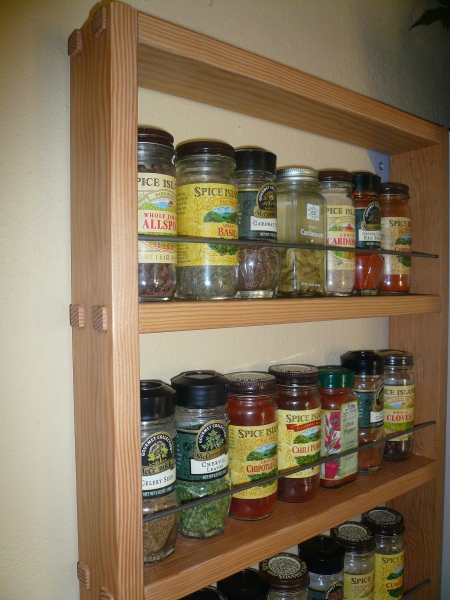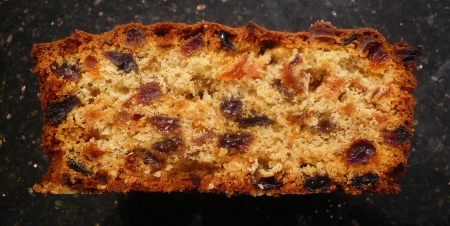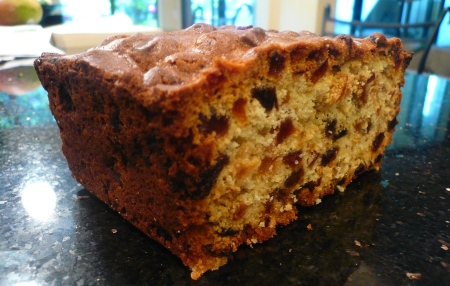Down a trail near my home there is a fantastic blackberry patch. This year there’s a bumper crop and the flavor of the fruit is fantastic. Every day that I go down there, I can easily pick about 2 lbs of perfectly ripe blackberries in about 15 minutes or so. Quite a few people go down there to pick fruit, but I bring a small stepladder so that I can reach that tier of ripe fruit that is just out of most people’s reach. This is where the idea to make summer pudding came from. Summer Pudding is a classic English dessert, is very simple to make and is astonishingly delicious. It needs about 6 hours or so to cool down and firm up in the refrigerator, so it’s a good idea to make it the day before you serve it. I slightly cooked the berries with apricots for this pudding and used uncooked peach slices too, which give the pudding a little extra textural “entertainment”. Most other summer fruits will work too, raspberries, strawberries, rhubarb, gooseberries, cherries, etc. You can mix different fruits together, but be sure to remove the stones from cherries, apricots and other stoned fruits. It is best served with lightly whipped cream or vanilla ice cream.
Summer pudding is essentially made from fresh fruit, stale bread and a little sugar and water. Those ingredients don’t sound very enticing, but this pudding has a sublime flavor and texture that is way more than the sum of it’s ingredients and your guests will be sure that you have included some amazing, secret ingredients! Here’s how my finished pudding looks:
Ingredients (for 8 servings):
- 1 medium sized unsliced loaf of white bread, dry and stale
.
.
.
.
- 2 1/2 lbs soft summer fruit such as apricots, blackberries (must be ripe and very soft), raspberries, rhubarb, strawberries, peaches, cherries, etc.
.
.
. .
- 1 or 2 fresh ripe peaches, do not cook with other fruit (optional)
- 6 ozs sugar
- 1/2 cup water
- 1/2 pint of thick whipping cream or vanilla ice cream to serve with the Summer Pudding
Method:
With a bread knife, remove the crusts from the bread (save to use for something else – lightly toasted, they can be served with cream cheese and jam).
With a sharp bread knife, slice the stale, dry bread into very thin slices. Try and get them close to 1/8″ thin if you can. This is hard to do without them crumbling but the very thin slices will greatly enhance the deliciousness of the pudding. If the bread is still not very dry, place the slices on drying racks and pop them in a very low oven for half an hour or so to finish drying out.
Heat the water and sugar over low to medium heat until the sugar melts, stirring frequently. When the sugar has melted, add the fruit and simmer gently for about 4 minutes. If you are using firmer fruit such as gooseberries, blackcurrants, blackberries, cook a little longer until the fruit has softened. Be careful not to reduce the fruit mixture too much. Getting the right degree of consistency is important. Not too thick and not too thin. Remember that you will need sufficient liquidity to saturate the bread slices without them becoming sloppy.
Take a large bowl or pudding basin and place a layer of dried, stale bread slices on the bottom:
Spoon onto this a thin layer of the hot fruit mixture. Slice the uncooked peach into smallish slices and place on the fruit mixture:
Keep on adding layers of bread, fruit mix and sliced peaches in this manner until they are all used. If you have cut the bread thinly, you may have 5 or 6 layers. Finish with a final layer of bread slices:
Place a small plate on the top and carefully “squish” it down to try and get all the air bubbles out:
Place something heavy on the plate, like canned tomatoes, and place in the refrigerator for at least six hours to cool and gel:
To serve, remove the small plate and loosen the pudding with a flexible spatula down the side of the bowl. Tip the pudding upside down on a plate and serve cool with lightly whipped cream or vanilla ice cream.


























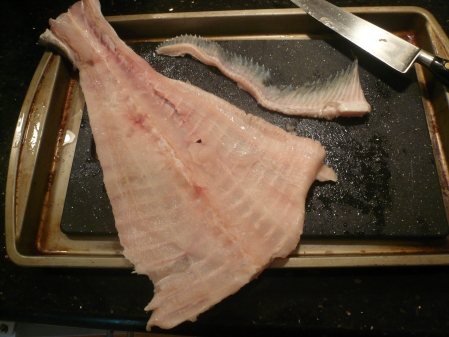
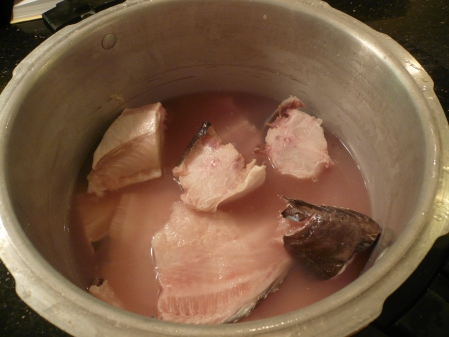
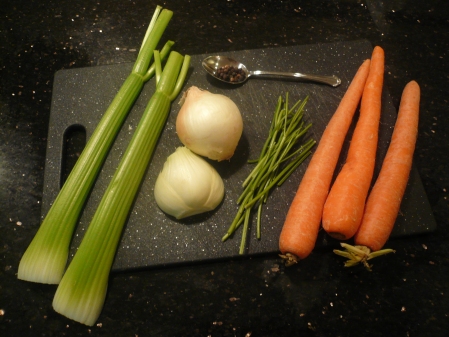
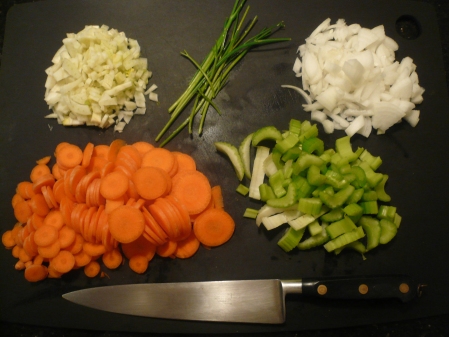
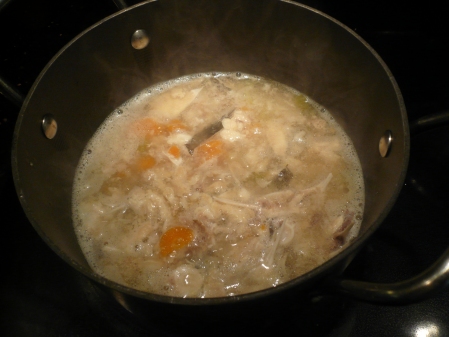
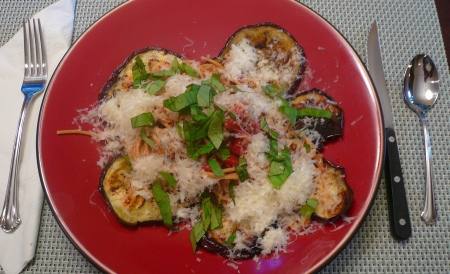
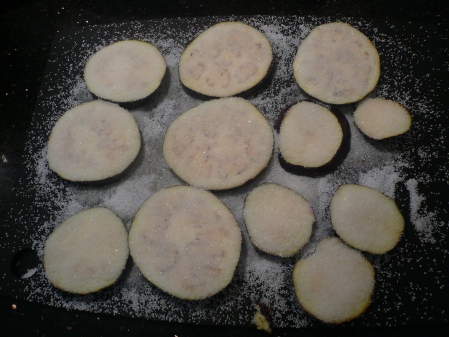
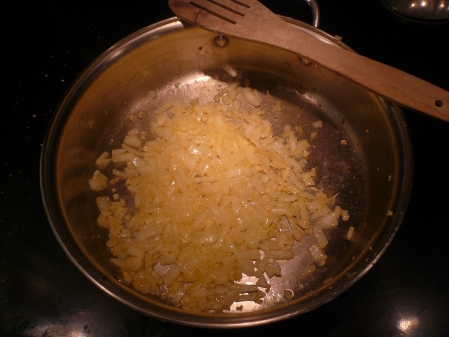
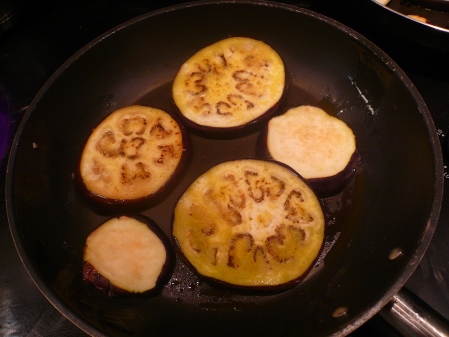
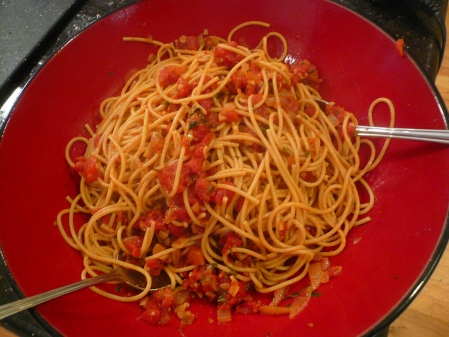
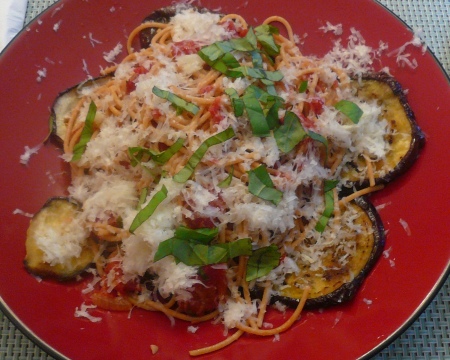
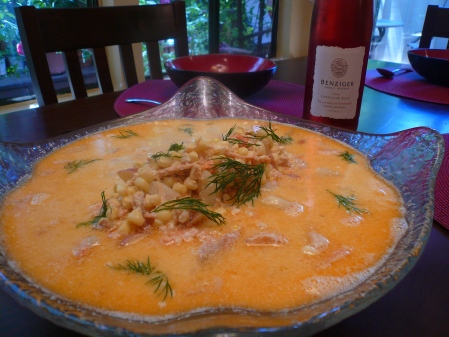
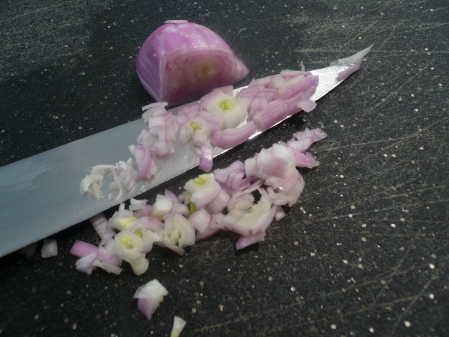
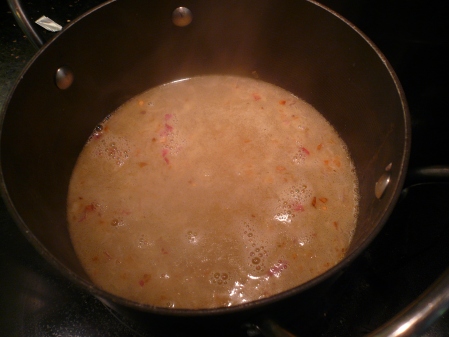
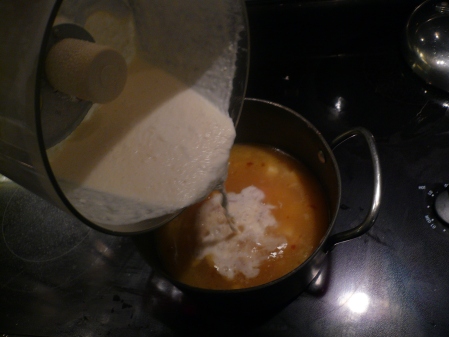
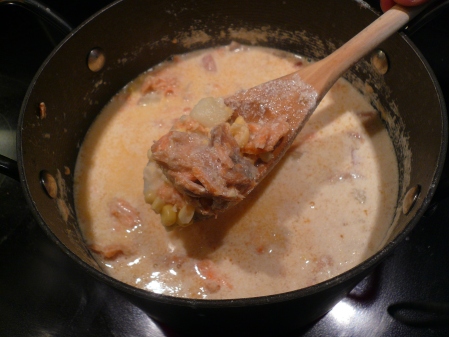
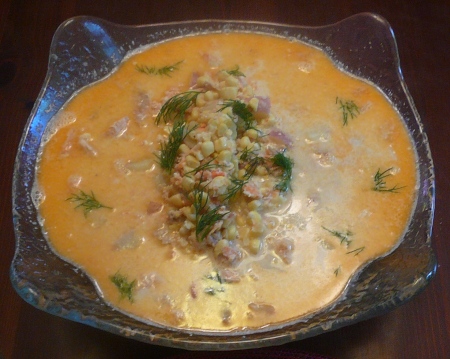
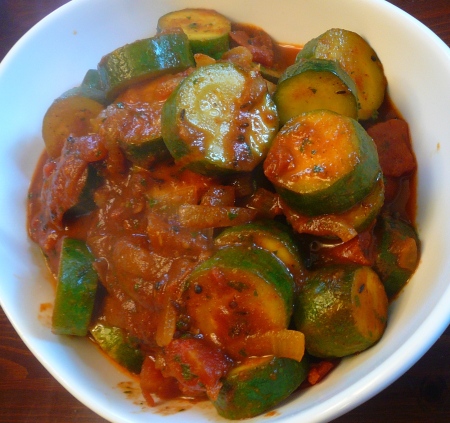


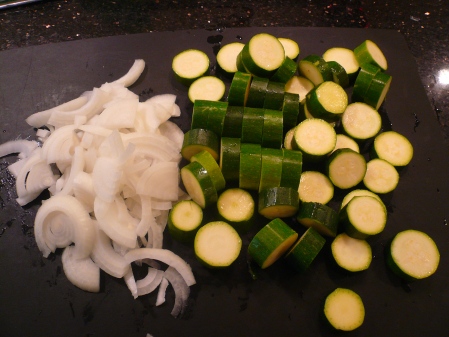
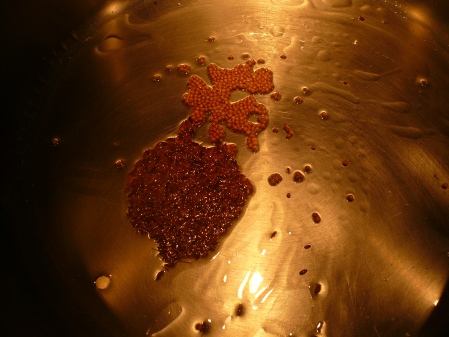
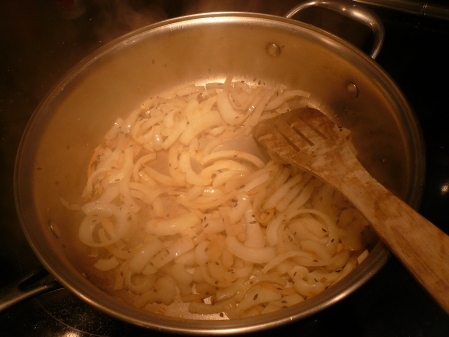
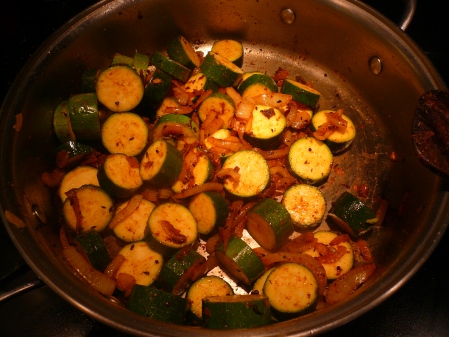
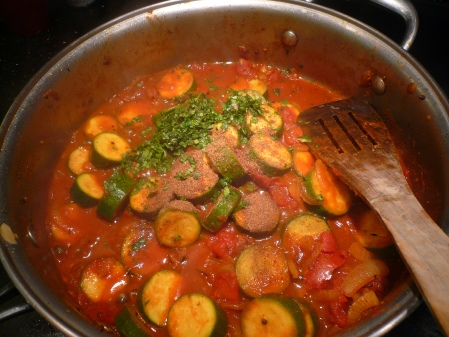

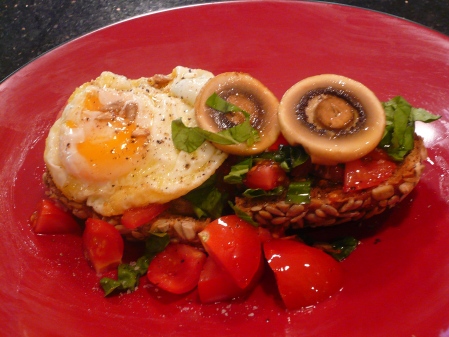 Breakfast was basically a variation on the one I discribed in
Breakfast was basically a variation on the one I discribed in 
